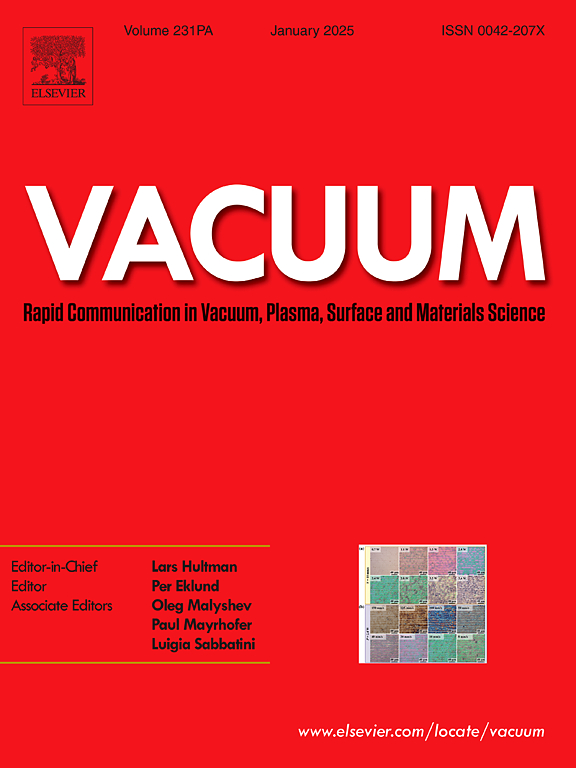Obtaining ultrafine-grained structure in copper/steel/copper multi-laminated composite by different accumulative roll bonding methods
IF 3.8
2区 材料科学
Q2 MATERIALS SCIENCE, MULTIDISCIPLINARY
引用次数: 0
Abstract
The relative rollers rotation during roll-bonding affects the effective strain applied to composite layers. In this paper, the differential speed accumulative roll bonding (DSARB) and conventional accumulative roll bonding (CARB) methods were incorporated to fabricate Cu/St/Cu multi-laminated composites. Based on the observation of microstructures, the evolution of microstructure of composites contained necking and rupturing of St layers. In the composite fabricated by DSARB, the St layers showed more irregularities and better distribution in Cu matrix compared to CARB. Based on the observation of grain structures, both methods resulted in ultra-fine-grained structure in layers. However, the DSARB method led to a more pronounced decrement in grain size. The lowest grain size of St and Cu were 2.9 μm and 1.4 μm, respectively, in the DSARB method. Similarly, this method could result in a higher hardness of 401 HV for St and 232 HV for Cu. Also, compared to composite processed by CARB, higher yield and ultimate strength values of 488 MPa and 798 MPa were seen in composite fabricated by DSARB, after seven passes. Furthermore, the fracture surface showed shallower and more sheared dimples in the composite fabricated by DSARB.
求助全文
约1分钟内获得全文
求助全文
来源期刊

Vacuum
工程技术-材料科学:综合
CiteScore
6.80
自引率
17.50%
发文量
0
审稿时长
34 days
期刊介绍:
Vacuum is an international rapid publications journal with a focus on short communication. All papers are peer-reviewed, with the review process for short communication geared towards very fast turnaround times. The journal also published full research papers, thematic issues and selected papers from leading conferences.
A report in Vacuum should represent a major advance in an area that involves a controlled environment at pressures of one atmosphere or below.
The scope of the journal includes:
1. Vacuum; original developments in vacuum pumping and instrumentation, vacuum measurement, vacuum gas dynamics, gas-surface interactions, surface treatment for UHV applications and low outgassing, vacuum melting, sintering, and vacuum metrology. Technology and solutions for large-scale facilities (e.g., particle accelerators and fusion devices). New instrumentation ( e.g., detectors and electron microscopes).
2. Plasma science; advances in PVD, CVD, plasma-assisted CVD, ion sources, deposition processes and analysis.
3. Surface science; surface engineering, surface chemistry, surface analysis, crystal growth, ion-surface interactions and etching, nanometer-scale processing, surface modification.
4. Materials science; novel functional or structural materials. Metals, ceramics, and polymers. Experiments, simulations, and modelling for understanding structure-property relationships. Thin films and coatings. Nanostructures and ion implantation.
 求助内容:
求助内容: 应助结果提醒方式:
应助结果提醒方式:


